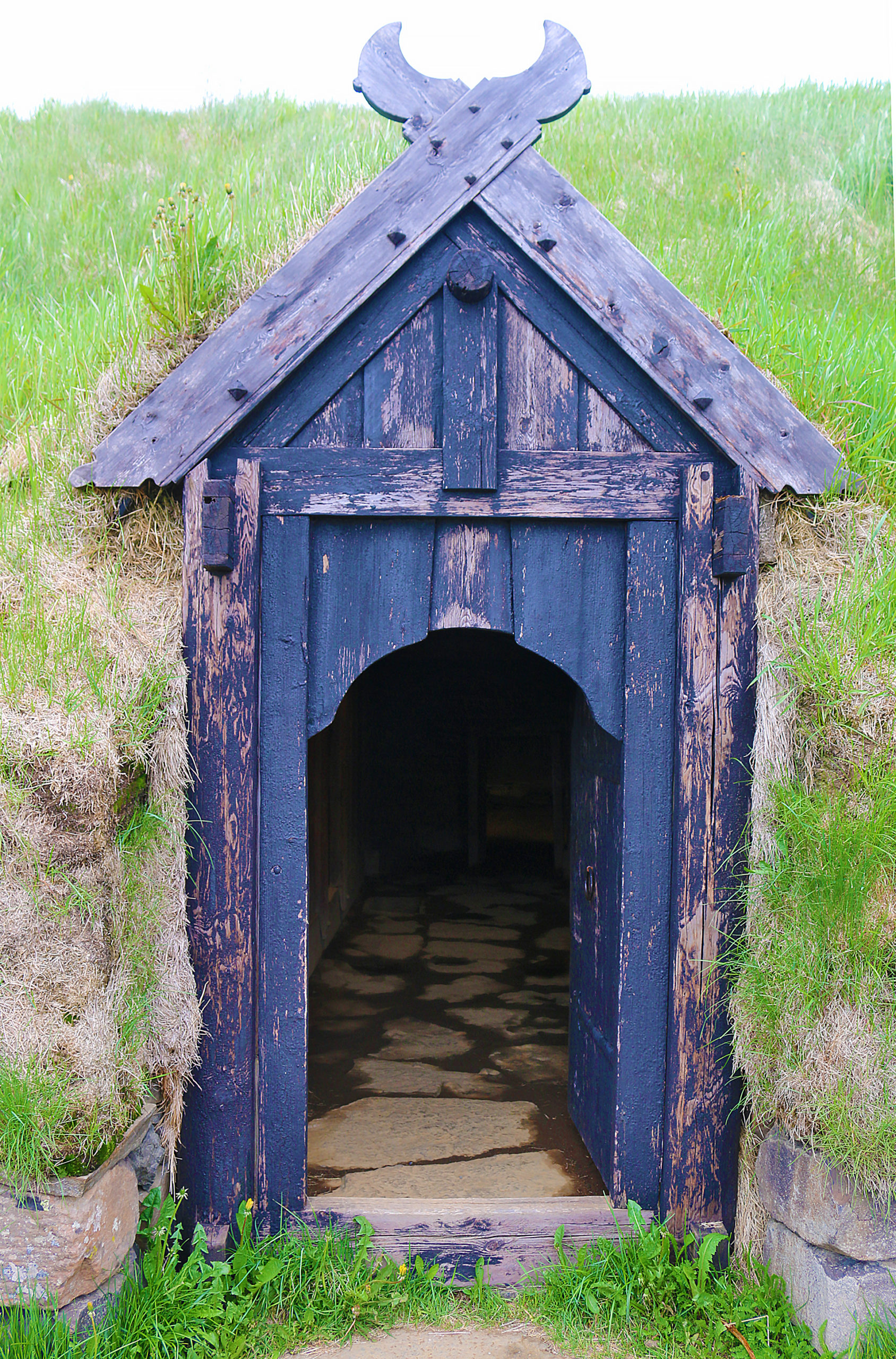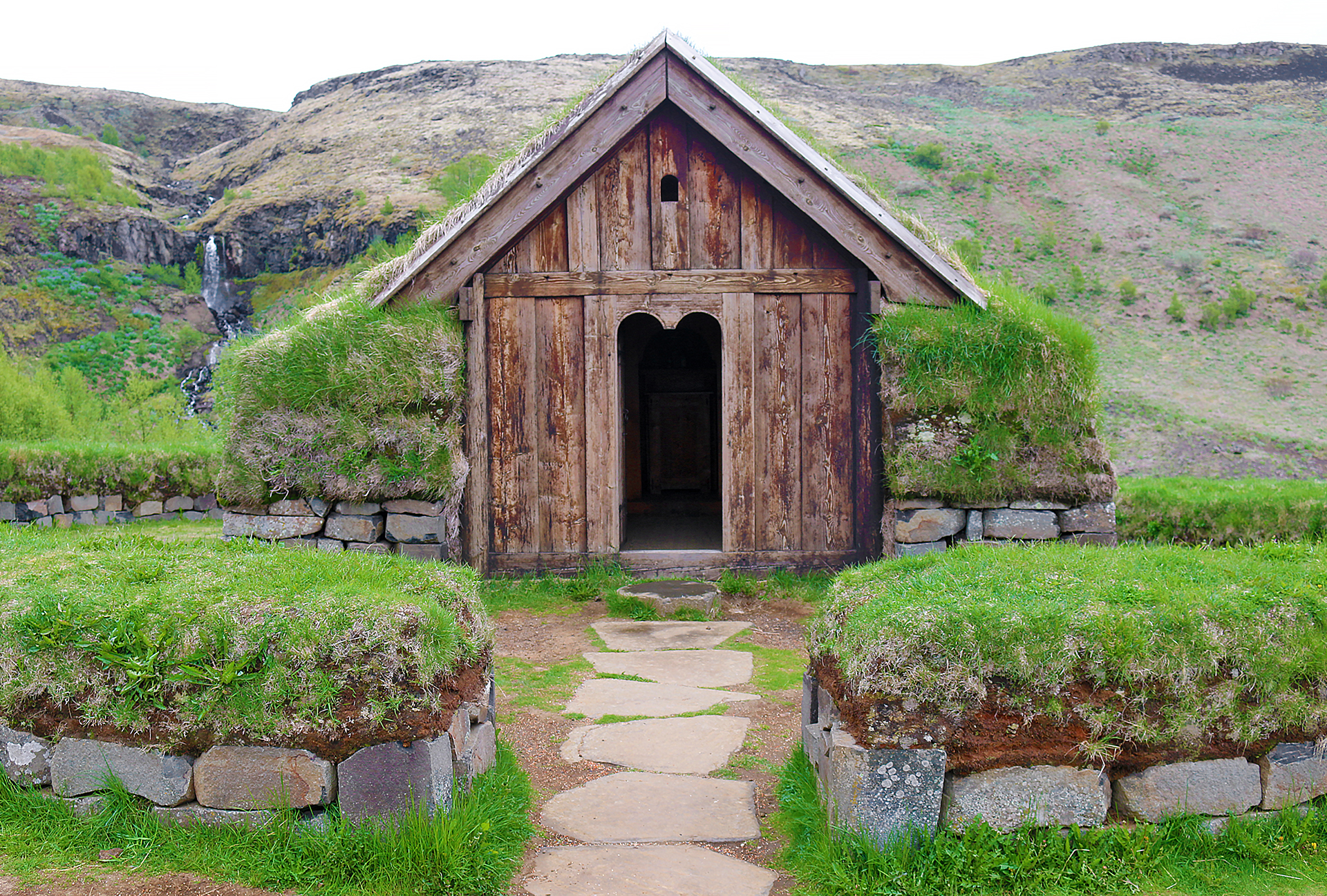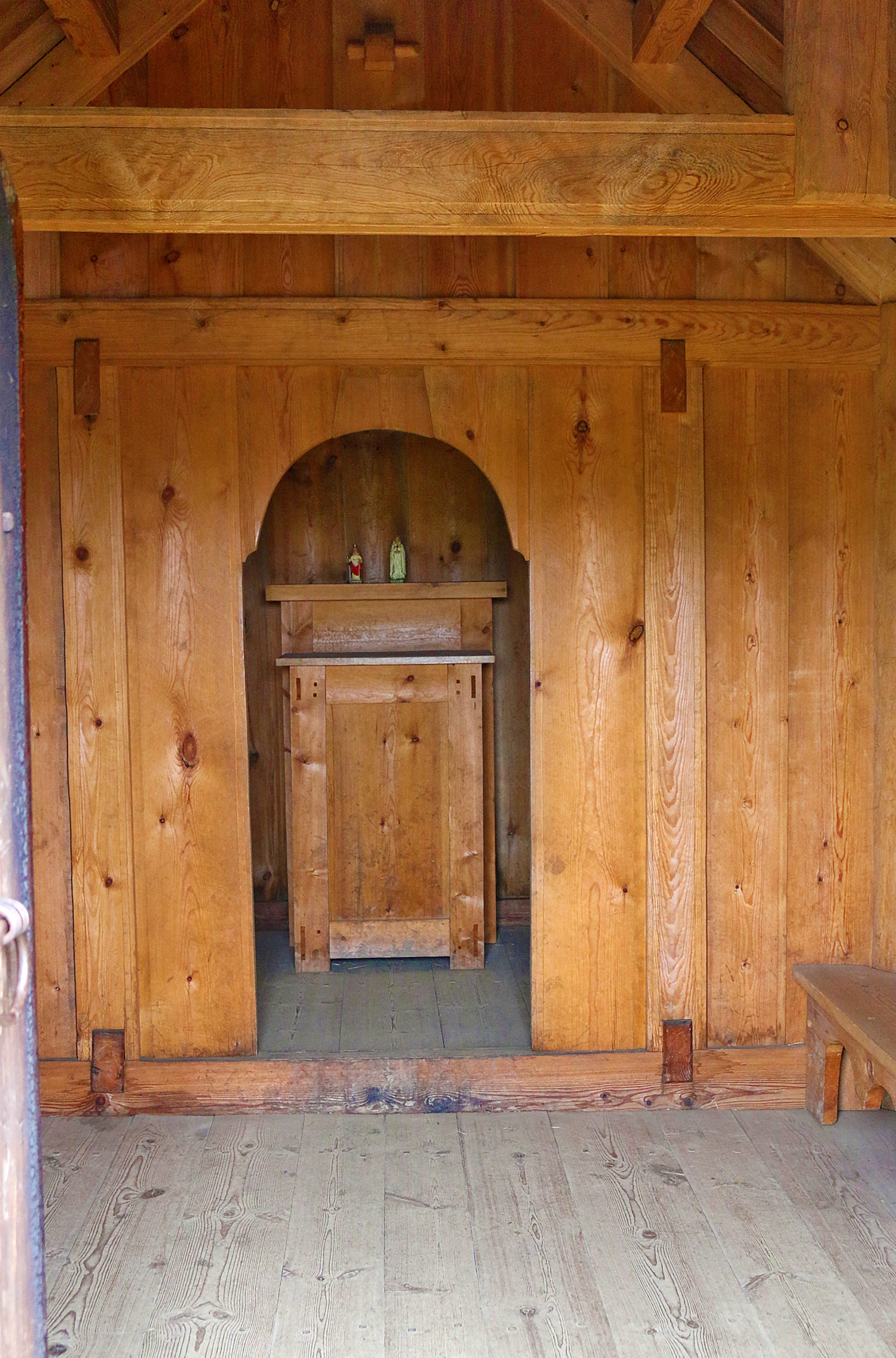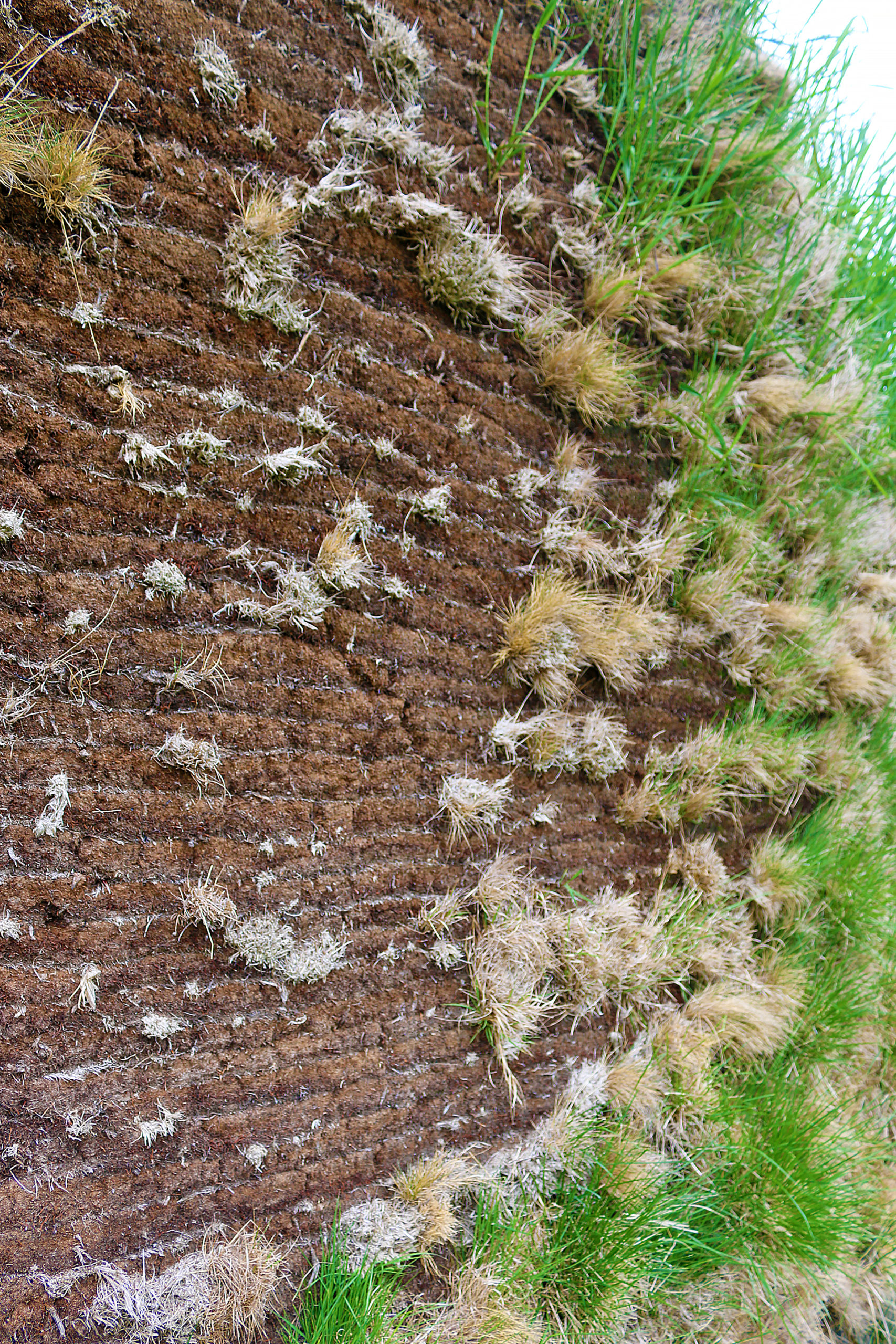Þjóðveldisbærinn Commonwealth Farm Settlement in Iceland — or Thjorsardalur — is a place where you can virtually travel back on a journey approximately one thousand years back in time within a minute of leaving the main road of Highway 32 to see an exhibition of what life was like in Iceland during the Middle Ages.
Þjóðveldisbærinn Commonwealth Farm Settlement in Iceland

Based on the ruins of the former manor farm which was known as Stöng in Piórsárdalur, Þjóðveldisbærinn is considered to have been abandoned after its destruction during the eruption of Hekla — which is one of the most active volcanoes in Iceland — in the year 1104.

Reconstruction and building work of the manor farm started in 1974 to celebrate the anniversary of 1,100 years from the Age of Settlement of Iceland, which is thought to have occurred between the years 874 through 930 when most of the island country was claimed.

The well preserved ruins at Stöng were considered to be very suitable on which to base a replica manor farm. The building was formally opened on Friday, June 24, 1977.

Every effort was made to replicate the Þjóðveldisbærinn Commonwealth Farm Settlement as precisely as possible — according to the ruins of the farm at Stöng — and thus to try to give as credible an image as possible of a dwelling of an Icelandic chieftain from the Age of Settlement.

The farm building itself is a museum piece of sorts, which illustrates ancient handwork and where this was not possible then imagination took over as is the case in historical novels. The Þjóðveldisbærinn Commonwealth Farm Settlement is a living exhibition of a past distant era; and witness to the fact that the dwellings of the Icelanders of yore were well built and majestic constructions.

Although the reconstructed farm is based on the excavated farmhouse Stöng — which was buried under volcanic tephra in the aforementioned eruption of Hekla in 1104 — the history of the people who lived there is still enshrouded in mystery, as not everything about them is yet known.

You can experience a medieval and unconventional way of life at Þjóðveldisbærinn Commonwealth Farm Settlement by wearing medieval clothing, playing cards in the hall, weaving on the loom, debating on the benches before heading out to battle, or simply reading about the daily life of the people who brought the valley to life approximately a thousand years ago.
I chose to merely observe and not fully participate in the activities.

Final Boarding Call
Þjóðveldisbærinn Commonwealth Farm Settlement reminded me of the passage tomb known as Knowth and the passage tomb known as Newgrange — both of which are in Ireland. That a part of Iceland would somewhat resemble a part of Ireland never occurred to me.
Þjóðveldisbærinn Commonwealth Farm Settlement is located just off Highway 32 in southern Iceland approximately 124 kilometers from Reykjavik. Give at least one hour and 45 minutes to drive there.
Þjóðveldisbærinn
Þjórsárdalur
Skeiða- og Gnúpverjahreppur
Iceland
s. 423 8723
info@thjodveldisbaer.is
Þjóðveldisbærinn Commonwealth Farm Settlement is open every day from June 1 through August 31 every year from 10:00 in the morning to 5:00 in the afternoon. Climbing and camping are not permitted; and pets must be kept on a leash.
Admission Fees
Adults: 1,000 Icelandic krónur.
Senior citizens who are a minimum of 67 years of age and people who are officially considered to be disabled: 750 Icelandic krónur.
Children who under a maximum of 16 years of age: free admission.
All photographs ©2018 by Brian Cohen.

